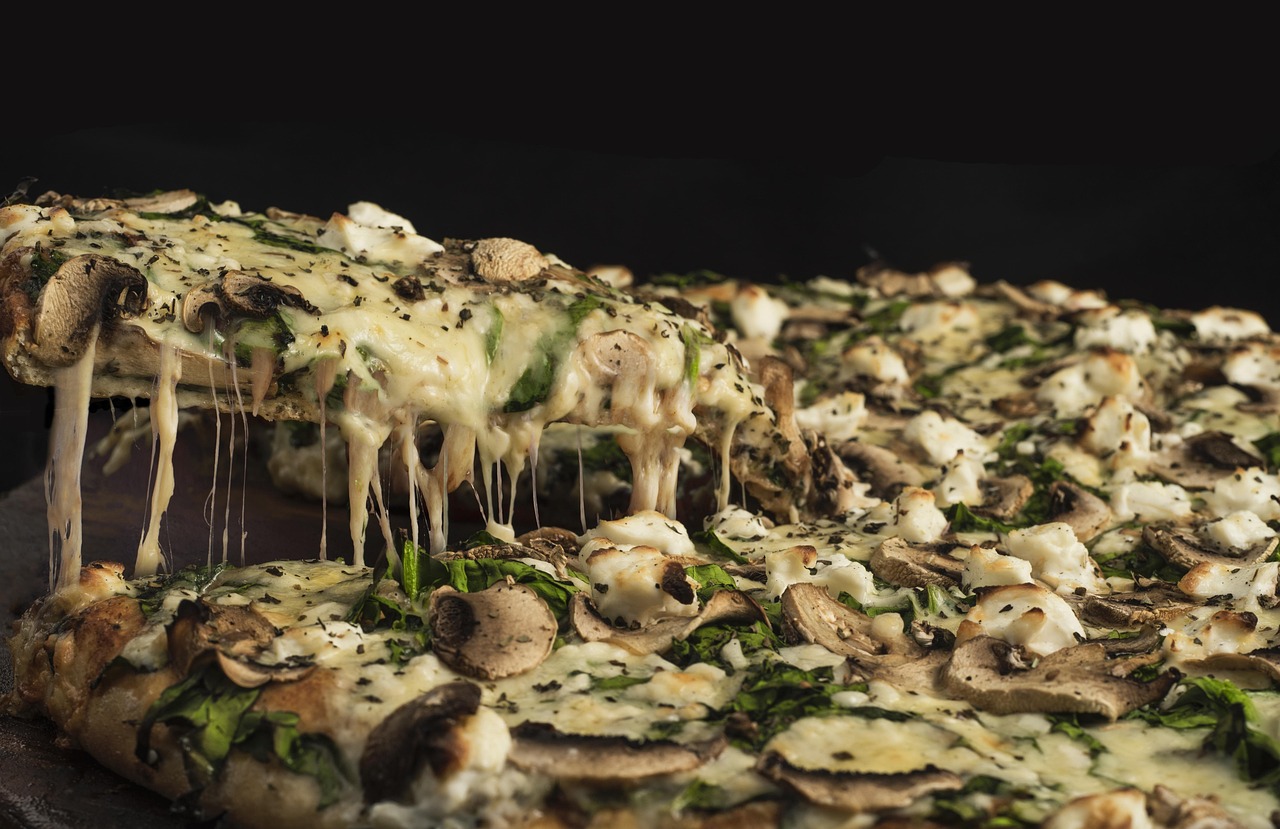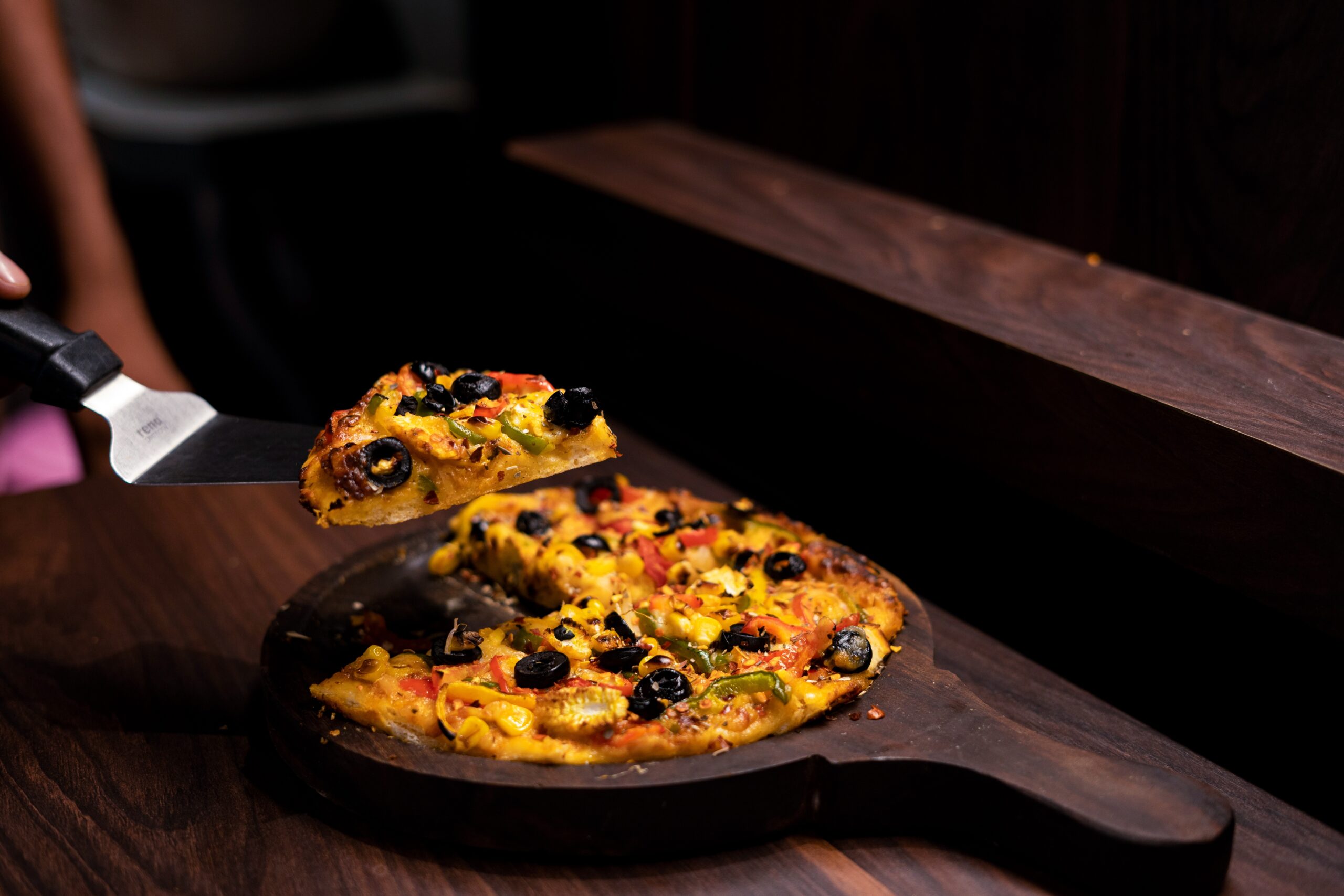- HUMOR
The 82 Very Best Coffee Jokes


Embracing the trend of healthier eating without sacrificing flavor, the cauliflower pizza crust has become a beloved alternative for those seeking a gluten-free or lower-carbohydrate option. This innovative twist on the traditional pizza crust offers a deliciously crispy base that complements a variety of toppings, making it a versatile choice for pizza lovers everywhere. In this article, we’ll delve into the fascinating history of cauliflower as a pizza base, explore the nutritional benefits, and provide a step-by-step guide to crafting your own cauliflower pizza crust at home.
The concept of using cauliflower as a pizza crust has gained popularity in recent years, but its roots can be traced back to the early 2000s when low-carb diets like the Atkins Diet were gaining traction. As people searched for alternatives to high-carb foods, cauliflower emerged as a versatile substitute due to its mild flavor and adaptable texture. The historical context of cauliflower as a pizza base is tied to this growing demand for healthier food options that don’t compromise on taste.

Cauliflower’s rise to fame in the culinary world can be attributed to its nutritional profile and ability to mimic the texture of traditional grains. As gluten-free diets became more mainstream, chefs and home cooks alike began experimenting with cauliflower to create a variety of dishes, including pizza crust. The modern cauliflower pizza has since evolved into a staple for those seeking a nutritious and satisfying meal without the guilt.
Making a cauliflower pizza crust at home is a straightforward process that requires just a few ingredients and some patience. Follow these step-by-step instructions to create a delicious and healthy base for your favorite toppings.
The key to a successful cauliflower pizza crust lies in the quality and combination of ingredients. Fresh cauliflower, eggs, and cheese form the foundation, while seasonings like garlic powder, oregano, and basil can enhance the flavor. Experimenting with different cheeses and herbs can yield unique and delicious results.
Once your cauliflower crust is ready, the fun part begins: choosing your toppings. Here are some creative combinations to inspire your next pizza night:
Incorporating cauliflower into your diet offers numerous health benefits. This cruciferous vegetable is low in calories and carbohydrates but high in fiber, vitamins C and K, and antioxidants. By using cauliflower as a pizza crust, you can enjoy a meal that’s not only delicious but also nutritious, supporting overall health and wellness.

While the basic cauliflower crust is delicious on its own, there are several variations you can try to suit different dietary needs or flavor preferences.
Achieving the perfect cauliflower pizza crust requires attention to detail during the baking process. Here are some tips to ensure success:
Pairing your cauliflower pizza with complementary sides can enhance the dining experience. Consider serving it with a fresh green salad, roasted vegetables, or a light soup. These sides not only add nutritional value but also balance the flavors of your meal.
If you have leftovers, proper storage and reheating are key to maintaining the quality of your cauliflower pizza crust. Allow the pizza to cool completely before storing it in an airtight container in the refrigerator for up to three days. To reheat, place the slices on a baking sheet and warm in a preheated oven at 350°F (175°C) for about 10 minutes, or until heated through. Avoid using a microwave, as it can make the crust soggy.
In conclusion, the cauliflower pizza crust recipe offers a flavorful and health-conscious alternative to traditional pizza. Whether you’re following a gluten-free diet or simply looking to incorporate more vegetables into your meals, this versatile crust is sure to satisfy your cravings while supporting your dietary goals. Embrace the creativity of toppings and enjoy the nutritional benefits that cauliflower brings to your plate.